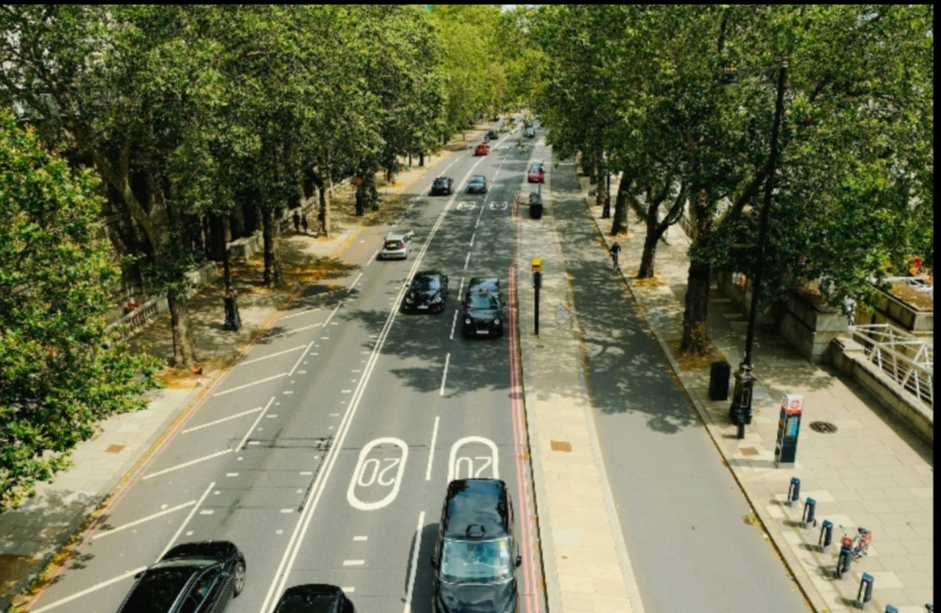Approximately 150,000 heavy goods vehicles (HGVs) enter Greater London every year. Prior to the introduction of Direct Vision Standards (DVS) in March 2021, these vehicles were involved in 13% of pedestrian deaths despite accounting for only 4% of non-motorway traffic. The DVS aims to reduce the disproportionate threat posed by heavy vehicles to vulnerable road users such as pedestrians and cyclists and eliminate all serious injuries and deaths from London roads by 2041.
The updated DVS comes into effect on 28 October 2024. Trace its evolution and impact, learning about key milestones and the influence of technological advancements such as telematics and data analytics.
The Evolution of DVS
Explore the history of the DVS with this timeline:
2016: Transport for London (TfL) launches consultations with industry stakeholders, road safety organisations, and the public. The consultations focus on the need for a regulatory framework to address HGV drivers’ direct visibility and blind spots and lead to the creation of the star rating system.
2021: The initial DVS comes into effect on 1 March. It requires all HGVs over 12 tonnes entering Greater London to have at least a one-star rating or be fitted with approved safety systems and all operators to apply for an HGV Safety Permit. The DVS also encourages regular vehicle maintenance schedules and driver training, with a focus on vulnerable road users.
2021: TfL begins an ongoing assessment of the DVS’ effectiveness, which includes industry feedback and regular reviews, to identify areas for improvement.
2024: The updated DVS comes into effect on 28 October, requiring all HGVs entering Greater London to have a minimum three-star rating or to be fitted with an approved Progressive Safety System (PSS) such as Crystal Ball’s DVS Progressive Safety System.
Technology for Easy Compliance
Telematics, advanced sensors, data analytics, and other technological advancements continue to shape the DVS environment, making it easier to comply with these standards and improve your fleet’s operational efficiency.
In addition to playing a role in effective PSS for HGVs, telematics systems provide real-time data on driver behaviour, vehicle performance, and fuel efficiency. This data makes it easier to track your fleet’s DVS compliance and improve various aspects of fleet management.
These systems can act as online driving coaches to improve driver behaviour by monitoring dangerous driving habits such as speeding and harsh braking, alerting drivers to these habits and providing you with driver scores. This enables you to intervene with additional driver training or make route adjustments where necessary.
Telematics and fleet tracking systems also provide valuable insights into vehicle health, maintenance records, and service and MOT dates. This allows you to perform predictive maintenance and ensure your HGVs are in good working order. Additionally, you can use fleet tracking system insights to improve fleet efficiency, optimise routes, and reduce fuel consumption and emissions.
Ensure Your Vehicles are Compliant
Ensure that your HGVs comply with the updated DVS by choosing Crystal Ball’s DVS solutions. The brand’s robust technology will help your fleet contribute to making London safer for all road users, especially those who are most vulnerable.

